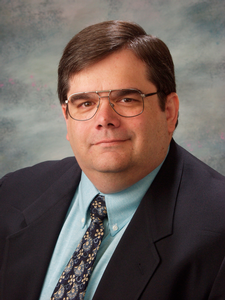AES New York 2018
Archiving and Restoration Track Event AR05
Friday, October 19, 11:45 am — 12:15 pm (1E10)
Archiving & Restoration: AR05 - An Overview of Optimizing Signal-to-Noise Ratio Primarily in Analog Audio Tape Recording
Presenter:Richard Hess, Richard L Hess (Audio Tape Restoration) - Aurora, ON, Canada
Optimizing signal-to-noise ratio in audio tape recordings has been part of the design process almost from the beginning and continued throughout the life of the medium. The first step was equalization to better optimize the placement of a typical program spectrum within the linear operating area of the tape. Basic equalization was used throughout the life of the medium, while specialty equalization curves were used for shorter periods of time. Next, a two-track-per-audio-channel approach, recording at two different levels and automatically switching between the two recordings on playback was introduced. A form of this process, without the automatic switching on playback, is still with us today in the "backup recording" mode in some digital field recorders. The two-track approach was quickly replaced by systems that compressed the audio signal in a predetermined way and then expanded the signal upon playback in a complementary manner. These compander systems provided a wider dynamic range without sacrificing half the available tracks. Later, equalization was used with some early digital recordings. Archive and music reissue engineers face the difficult challenge of maintaining aging equipment (some 50 years old) in order to properly replay the companded recordings. A software solution to this challenge is described.
 | This session is presented in association with the AES Technical Committee on Signal Processing |

